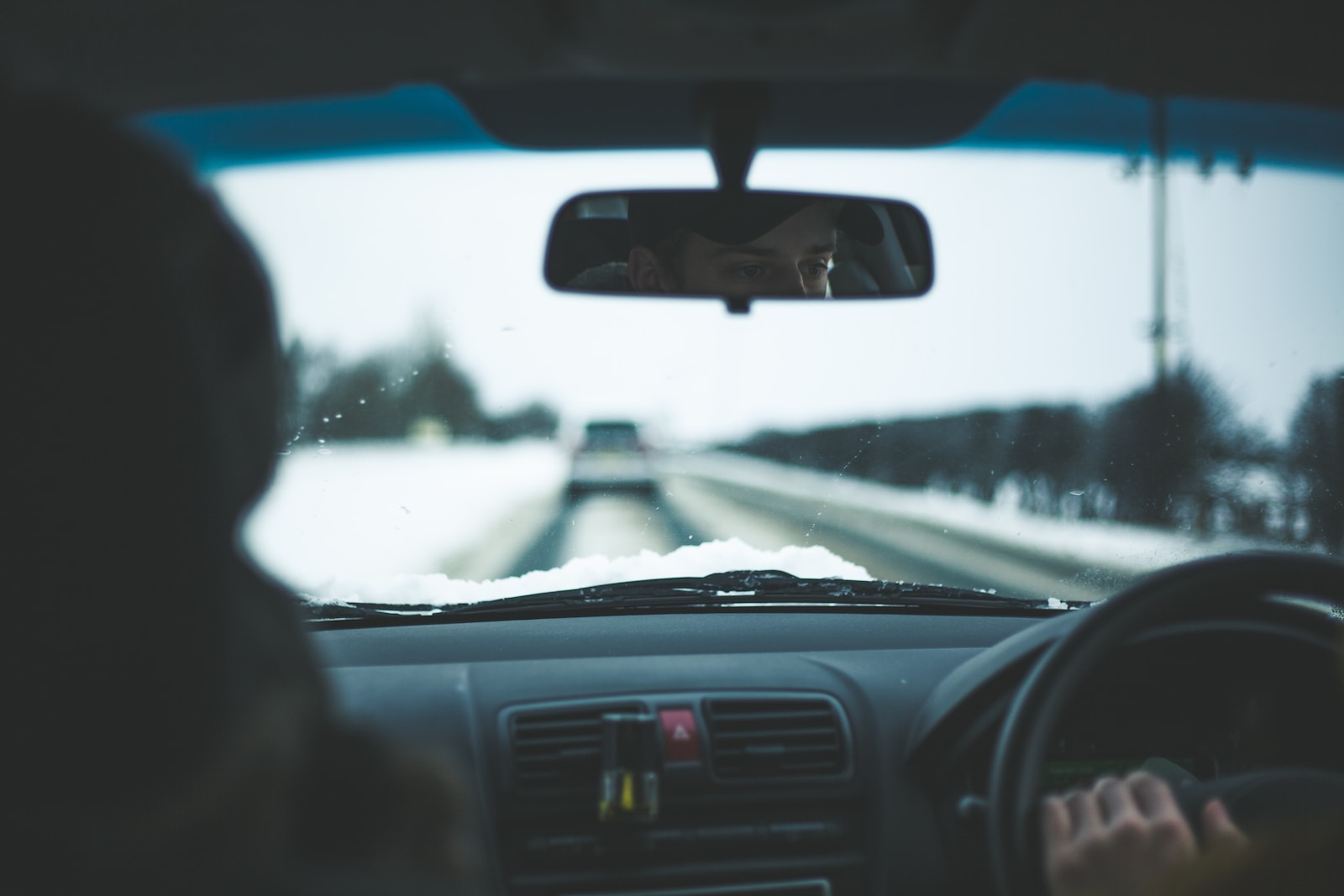
Winter Driving

WINTER DRIVING SAFETY AND INSURANCE: WHAT TO DO AND WHAT TO KNOW BEFORE YOU GO
Winter weather driving conditions have arrived in the Pacific Northwest, delivering snow in the mountains and rain in the lowlands. Safe driving is important year-round, but especially during fall and winter when weather conditions become more unpredictable. The NW Insurance Council encourages drivers to be prepared – before you drive, while you drive and if you are involved in an accident.
Before: Know conditions, prepare your vehicle and travelers, have the right insurance
These days, there’s no excuse for not knowing road and weather conditions. Toll-free hotlines, frequent radio and TV updates and real-time weather and traffic apps, like the Idaho Transportation Department’s Idaho 511 app, the Washington State Department of Transportation’s (WSDOT) mobile app and the Oregon Department of Transportation’s (ODOT) TripCheck make it easy to keep track of changing conditions. Check conditions and consider how they may change during your trip before you leave home.
Also, prepare your vehicle before you go to make sure everything is maintained and working properly. This includes checking the battery, tire tread, windshield wipers and fluid and the antifreeze.
Bring the right tools and supplies with you as well. For your car – tire chains, extra anti-freeze and windshield de-icer, a fully charged mobile device and charger, a flashlight, some roadside flares, an ice scraper and a pen and notebook (in case you need to write down accident info). ODOT’s Winter Travel Tips offers information about tire chains, traction tires and more.
For you and your passengers, bring warm clothes/gloves/hats, blankets, extra snacks and bottled water. Even if you are not in a collision, an accident or snow slide could close the road ahead and leave you stranded for hours, so be prepared to wait it out with less stress. If you are stopped or stalled, stay with your car and put bright markers on the antenna or windows. If you run your vehicle, be sure to clear the exhaust pipe and run it just long enough to stay warm.
Excessive speed is the number one cause of accidents on winter roads. Even the hardiest all-wheel drive SUV can become an “off-the-road-vehicle” on an icy corner or a short-stop situation if the driver is going too fast for conditions. Slow down. Allow more time for your trip. Better to stop, call friends or relatives and say you’ll be late than risk injury by driving too fast. And while driving, let passengers do the “mobile-device navigating. Keep your eyes, hands and mind on your driving.
The Right Insurance: what to know
Review your auto policy or contact your insurance company or agent to make sure you know what your auto policy does and does not cover. It’s important to know what your insurance covers in case an accident occurs:
- Liability Insurance: pays for damage or injuries suffered by others for which you are deemed responsible. It doesn’t pay for your injuries or damage to your own vehicle.
- Collision coverage: pays for damage to your vehicle if you collide with (for example) another car, tree or guardrail.
- Comprehensive Coverage: pays for damage to your vehicle from a snow slide, rocks or ice breaking your windshield, limbs that fall on your car or a collision with a deer.
- Personal Injury Protection (PIP) Coverage: pays for injuries to you or passengers in your vehicle if you are involved in an accident, regardless of who is at fault.
- Uninsured/Underinsured Motorist Coverage: Pays for damage to your vehicle if you are involved in a collision with a driver who has no liability insurance (UM) or whose liability insurance limits are insufficient to pay for your damages or injuries (UIM).
- Towing Coverage: Some policies automatically include towing or other roadside assistance, but it can also be purchased as a stand-alone policy from many insurers.
If there is a collision: Safety first, information second, claim-filing third
In the event of a collision, the first thing to do is make sure you and your passengers are safe. If there are any injuries, call 9-1-1 immediately. If needed, provide basic first aid – but unless you must, do not move an injured person until emergency responders arrive.
If your car is damaged, but drive-able, move your vehicle to the side of the road as soon as it is safe to do so, to get out of the flow of traffic. If you have a flare, set it out on the shoulder near your car to alert other drivers. Call for help from law enforcement officials and stay with your vehicle at the scene.
If the scene and passengers are secure, obtain information from other driver(s) involved.
- Driver’s license numbers
- Vehicle plate numbers
- Year, make, model of all cars involved
- Names & addresses of all drivers and passengers
- Insurance companies of all drivers involved
- Photos or sketches of damage, conditions and the accident scene (if it is safe to obtain).
As soon as it is safe to do so, call your insurance agent or company (see your proof of insurance card or app provided with your auto insurance policy for contact information). After the scene clears, obtain a copy of the accident report from the law enforcement officer on-scene. Maintain copies of all paperwork, such as towing invoices, emergency repairs or estimates and other related expenses. These may be reimbursable under your auto policies.
Source: NW Insurance Council
Categories: Blog
